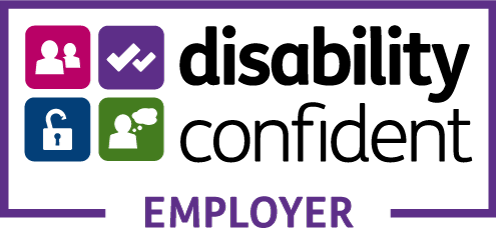WS Training is affiliated and associated with the following organisations:





Managing Occupational Health and Wellbeing offers a fresh approach to health training. You’ll find a practical programme, full of step-by-step guidance, and a sharp business focus. But you’ll also find that the content engages and inspires your staff – critical to getting the message embedded across the whole organisation.
Why Managing Occupational Health and Wellbeing?
Managing Occupational Health and Wellbeing is for managers and supervisors working in any sector, and for any organisation. It’s designed to provide them with the tools and techniques to improve health and wellbeing across their organisation. They won’t suddenly become health and wellbeing experts – but it will help them to become line managers who truly care about the health and wellbeing of an organisation’s most important asset – its people
Target audience
Those who manage others and manage risk and resources. Level Awareness
Course pre-requisites
None
Learning aims
To give managers an understanding of:
1 the importance of health management and the key health needs of the organisation
2 types of health hazards and how to assess, control and monitor the associated risks
3 types of personal or health conditions that affect fitness for work and how to assess and manage their impact
4 what wellbeing is, how it adds value to the organisation and how to promote healthy lifestyles and positive mental health to enable a healthy workplace culture.
Learning outcomes
The learner will be able to:
1.1 State what health management is and explain why it makes good business sense to have a good health profile
1.2 Summarise occupational safety and health and employment requirements and describe what to consider in a health needs assessment
1.3 Describe how the vision and direction of an organisation influence health and wellbeing in the workplace
2.1 Relate health hazards to different categories and explain their causes and impact
2.2 Carry out a health risk assessment identifying the hazards, risks and controls and recognise any specific health risks that need to be prioritised
2.3 Explain ways to monitor health risks in a risk management process and state who can provide help with managing occupational health and wellbeing issues
3.1 List types of common non-work related physical and mental health conditions and describe how they impact fitness for work
3.2 Describe the requirements and types of health assessments for specific worker groups
3.3 Describe the components of a drug and alcohol policy and testing process and explain how to manage results
3.4 Explain ways to conduct absence management and recognise the benefits of getting people back to work
4.1 Explain the aims and business benefits of a workplace wellbeing programme and how to promote and monitor it
4.2 Describe easy health choices and how they can enable a healthy lifestyle
4.3 Recognise mental health issues and explain how to approach the employee to find a way forward
4.4 Describe how the workplace culture and leaders’ attitudes and behaviours influence overall wellbeing.
Guided learning hours:
A total of six hours 15 minutes made up of:
Duration
1 Day




